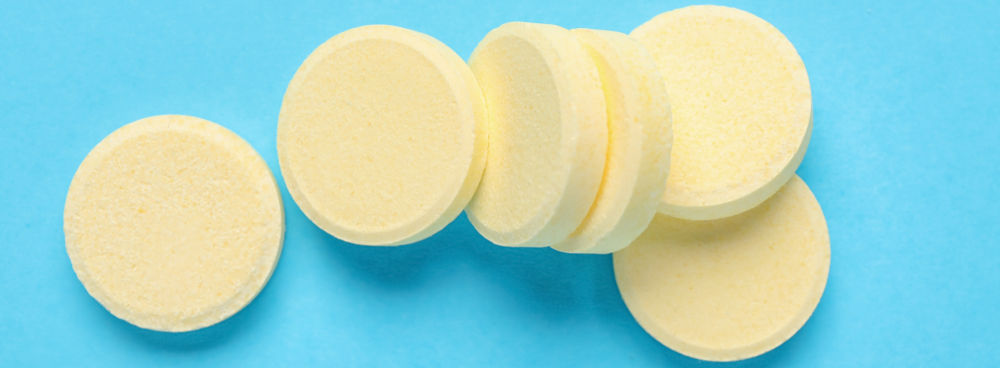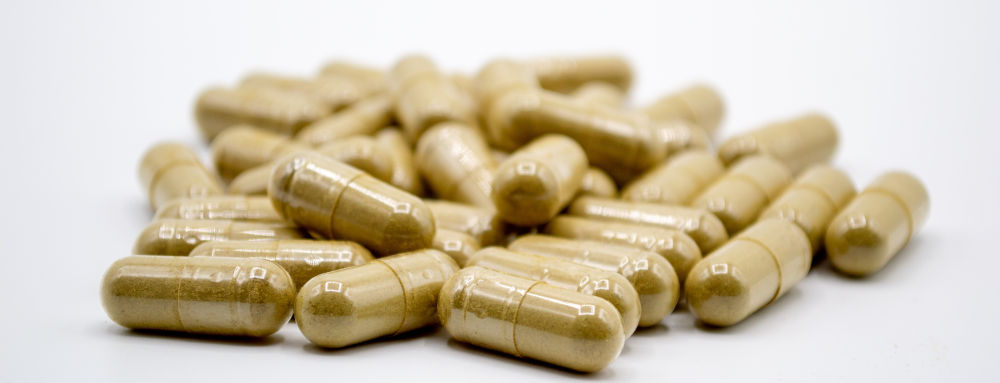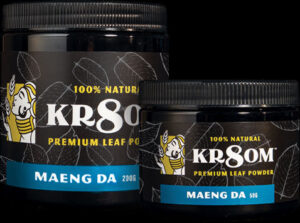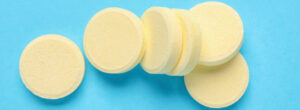Kratom (Mitragyna speciosa) and its potent derivative, 7-hydroxymitragynine (7OH), are both popular in the world of botanical supplements, but the way their products are made—and what you should look for to ensure quality—differs significantly. This comprehensive guide compares how kratom and 7OH powders, tablets, liquids, and capsules are produced, and outlines key quality indicators for each.

1. Kratom Powder vs. 7OH Powder
Kratom Powder:
- Harvesting: Kratom powder begins with the careful selection and hand-harvesting of mature kratom leaves from Southeast Asia.
- Drying: The leaves are dried in controlled environments to preserve their alkaloid content, especially mitragynine and trace amounts of 7-hydroxymitragynine.
- Grinding: Dried leaves are finely ground into a uniform, green powder. This powder is typically unadulterated and contains the full spectrum of kratom alkaloids.
- Quality Control: Ethical producers implement rigorous quality checks, including microbial testing and alkaloid content analysis, to ensure safety and potency.
7OH Powder:
- Synthesis: 7OH powder is not directly harvested from the kratom plant. Instead, it is produced by chemically converting mitragynine (the most abundant alkaloid in kratom) into 7-hydroxymitragynine through specialized laboratory processes.
- Purification: The resulting compound is purified and often standardized to a specific concentration, as 7OH is far more potent than natural kratom alkaloids.
- Quality Control: Given its potency, 7OH powder requires even stricter lab testing for purity, potency, and the absence of contaminants or residual solvents.
What to Look For:
- For kratom powder, seek products with transparent sourcing, third-party lab results, and no additives.
- For 7OH powder, ensure the manufacturer provides detailed Certificates of Analysis (COAs) and clear information about synthesis and purity.
2. Kratom Tablets vs. 7OH Tablets
| Feature | Kratom Tablets | 7OH Tablets |
|---|---|---|
| Source Material | Pure kratom leaf powder or extract | Semi-synthetic 7-hydroxymitragynine |
| Manufacturing | Powder is compressed into tablets with minimal excipients | 7OH is blended with binders and compressed; may include other excipients for stability |
| Potency | Reflects natural alkaloid profile; milder | Highly concentrated; much more potent |
| Quality Control | Dosage consistency, microbial/purity testing | Precise dosing, advanced lab testing |

Kratom Tablets:
- Made by compressing kratom powder or extract with binders into solid tablets.
- Designed for convenience and precise dosing.
- Quality tablets are manufactured under Good Manufacturing Practices (GMP) with batch testing for consistency.
7OH Tablets:
- Created by blending purified 7-hydroxymitragynine (often semi-synthetic) with excipients and compressing into tablets.
- Offer high potency in a small dose.
- Require advanced quality controls due to the high concentration of active compound and potential safety concerns.
What to Look For:
- For both, ensure tablets are produced in GMP-certified facilities and come with lab-verified potency and purity data.
- Avoid tablets with undisclosed ingredients or lacking third-party testing.
3. Kratom Liquid Extracts vs. 7OH Liquids
Kratom Liquid Extracts:
- Extraction: Kratom powder or leaves are soaked in water and acid (like lemon juice or vinegar) to extract alkaloids, then concentrated by evaporation.
- Formulation: The resulting liquid contains a broad spectrum of kratom alkaloids, often standardized to a specific strength.
- Quality Control: Reliable producers test for alkaloid content, solvents, and microbial contamination.
7OH Liquid Extracts:
- Synthesis and Solubilization: 7OH is synthesized from mitragynine, then dissolved in a carrier liquid, sometimes with additional stabilizers or flavorings.
- Standardization: The liquid is standardized for precise 7OH content, given its potency and risk profile.
- Quality Control: High-level lab testing is essential to confirm purity, concentration, and absence of harmful residues.
What to Look For:
- For both, choose products with full transparency on extraction or synthesis methods, clear labeling of alkaloid content, and independent lab verification.
- Avoid liquids with artificial additives or unclear sourcing.
4. Kratom Capsules vs. 7OH Capsules
| Feature | Kratom Capsules | 7OH Capsules |
|---|---|---|
| Contents | Finely ground kratom powder or extract | Purified 7OH or 7OH-rich extract |
| Manufacturing | Powder is encapsulated in gelatin or vegetarian capsules | 7OH is precisely measured and encapsulated |
| Potency | Reflects natural kratom spectrum; moderate | Highly potent; requires careful dosing |
| Quality Control | GMP standards, batch testing, microbial screening | Advanced purity and potency testing |

Kratom Capsules:
- Produced by filling capsules with kratom powder or extract.
- Popular for masking taste and providing accurate dosing.
- High-quality capsules are made using advanced machinery in sterile environments, with strict adherence to GMP and regular testing for consistency and safety.
7OH Capsules:
- Contain a measured dose of 7-hydroxymitragynine, often in a purified or semi-synthetic form.
- Require precision in dosing due to the compound’s potency.
- Manufacturing demands advanced lab controls to ensure each capsule contains the exact amount of 7OH and is free from contaminants.
What to Look For:
- Both should be produced in GMP-compliant facilities, with batch-specific lab results for alkaloid content and purity.
- Avoid capsules with unclear labeling or lacking third-party verification.
5. Ensuring Quality: Key Factors for All Kratom and 7OH Products
- Sourcing and Transparency
- Kratom: Look for brands that disclose the region of origin (e.g., Indonesia, Malaysia), harvesting practices, and sustainability measures.
- 7OH: Ensure the manufacturer explains the synthesis process and provides documentation on the precursor materials and conversion steps.
- Laboratory Testing
- Alkaloid Content: Both kratom and 7OH products should list the concentration of mitragynine, 7-hydroxymitragynine, or other key alkaloids.
- Purity and Contaminants: Third-party lab reports should confirm the absence of heavy metals, pesticides, microbial contamination, and residual solvents.
- Batch Consistency: Reliable companies test every batch and make results available to consumers.
- Manufacturing Standards
- GMP Compliance: Products should be made in facilities that follow Good Manufacturing Practices, ensuring cleanliness, consistency, and safety.
- Proper Labeling: All packaging should clearly state ingredients, alkaloid content, recommended dosage, and safety warnings.
- Ethical and Sustainable Practices
- Kratom: Ethical harvesting and environmental stewardship are important for long-term sustainability.
7OH: As a semi-synthetic product, look for responsible sourcing of precursor alkaloids and environmentally sound manufacturing processes.
6. Summary Table: Kratom vs. 7OH Product Manufacturing
| Product Type | Kratom (Traditional) | 7OH (Semi-Synthetic) |
|---|---|---|
| Powder | Dried, ground leaves; full-spectrum alkaloids | Lab-synthesized from mitragynine; highly potent |
| Tablets | Compressed powder/extract; natural alkaloid profile | Compressed purified 7OH; concentrated, potent |
| Liquid | Water/acid extraction; broad alkaloid spectrum | Dissolved 7OH; standardized, high potency |
| Capsules | Powder/extract in capsules; moderate potency | Purified 7OH in capsules; precise dosing needed |
| Key QC | GMP, third-party testing, ethical sourcing | Advanced lab controls, purity/potency testing |
7. Final Tips for Choosing Quality Kratom or 7OH Products
- Demand Transparency: Reputable vendors like 7OH Global Kratom should provide detailed sourcing, manufacturing, and testing information for every product.
- Insist on Lab Results: Only buy from brands that offer up-to-date, batch-specific Certificates of Analysis.
- Check for GMP Certification: This ensures adherence to the highest standards in supplement manufacturing.
- Assess Potency Needs: Natural kratom products offer a milder, broader spectrum experience, while 7OH products are far more potent and should be used with caution.
- Prioritize Safety: Avoid products with vague labels, no lab results, or unclear origins, especially with high-potency 7OH items.
By understanding the differences in how kratom and 7OH products are made—and what constitutes true quality—you can make informed, safe, and effective choices in the evolving world of botanical supplements.



